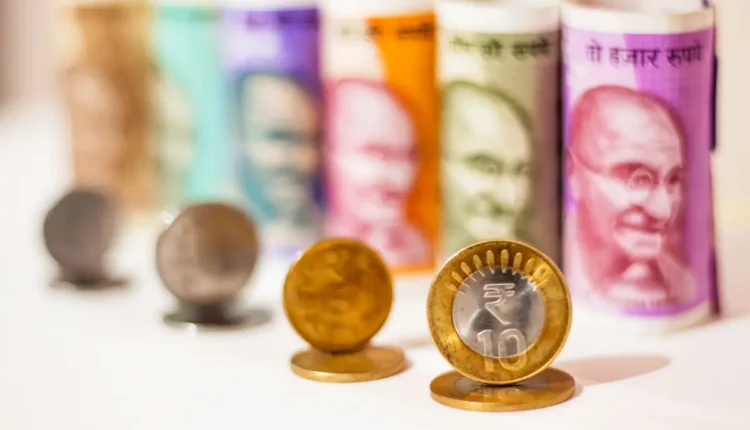The Indian rupee is poised for a significant rise at the opening of the trading week, thanks to softer-than-expected U.S. jobs data that has reinforced the growing belief that the Federal Reserve will not pursue further interest rate hikes. This development comes as a breath of fresh air for the Indian rupee and has the potential to reshape the financial landscape in the region.
Non-deliverable forwards (NDFs) suggest that the Indian rupee is set to open at approximately 83.08-83.12 against the U.S. dollar, a notable shift from the previous session’s 83.2850.
Indian Rupee Updates
This movement is being described by forex traders as a “decent-sized move at the open,” given the prevailing low volatility in the markets. The big question now is how much of this opening move will hold, as currency markets can be quite unpredictable.
This optimistic outlook for the Indian rupee is part of a broader trend among Asian currencies, which are extending their gains from last week. The U.S. dollar index experienced a significant dip on Friday, following the release of data indicating a cooling U.S. labor market.
U.S. non-farm payrolls, a key economic indicator, increased by 150,000 jobs last month, a stark contrast to the 297,000 jobs added in September and falling short of the 180,000 increase expected by economists.
Additionally, the unemployment rate rose, and revised estimates showed fewer jobs were added in August and September than initially thought. As a result, the 10-year U.S. Treasury yield plummeted to its lowest point in over a month.
The implications of this data are profound. The odds of a Federal Reserve rate hike at the December meeting have plummeted to just 10%, a significant drop from 20% a week ago and 30% a month ago, according to the CME FedWatch Tool.
DBS Research noted, “Last week’s Fed meeting and latest data flow suggest the rate hike cycle is most likely over. This development will provide much-needed respite to Asia’s currency and bond markets.”
This positive sentiment is reflected across the region, with the Korean won, the Thai baht, and the Malaysian ringgit each climbing by at least 1%. The rupee, as expected, is performing well when the dollar is under stress.
In the midst of these favorable developments, India’s foreign exchange reserves have surged by $2.6 billion to reach a one-month high of $586.1 billion during the week ending October 27th. This remarkable boost can be attributed primarily to the Reserve Bank of India’s swap maturity, which has added strength to the nation’s financial stability.
Also Read : Aruna Miller : From Hyderabad to the Maryland Statehouse

